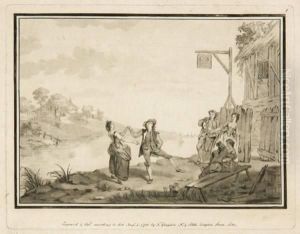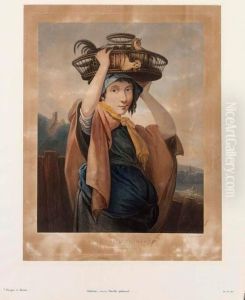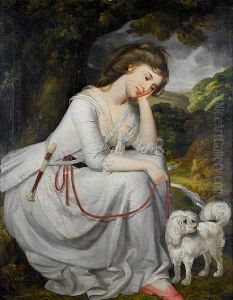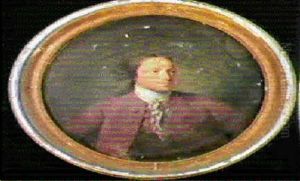Thomas Gaugain Paintings
Thomas Gaugain was a French-born British engraver and printmaker known for his stipple engravings, a technique that uses small dots to create gradations of tone and form. Gaugain was born in Abbeville, France, in 1756, but he moved to England with his family during his childhood. His artistic training began in London under the tutelage of the renowned engraver Richard Houston. As he developed his skills, Gaugain also studied at the Royal Academy Schools, where he further honed his craft.
Gaugain's career flourished in the late 18th century when he established himself as a prominent engraver in London. He was particularly adept at translating paintings into prints, which allowed for the wider dissemination of popular works of art among the public. During this period, it was common for engravers to collaborate with painters, and Gaugain worked with several notable artists of his time, including Sir Joshua Reynolds and Angelica Kauffman. His engravings often featured portraits, classical subjects, and scenes from contemporary literature, reflecting the tastes and interests of Georgian society.
Despite the popularity of his work, specific details about Gaugain's life remain relatively scarce. He did, however, enjoy success through the publication of his prints, which were sold to a growing middle-class audience eager to decorate their homes with affordable reproductions of fine art. Gaugain's work was characterized by a delicate touch and an ability to capture the essence of the original paintings, ensuring that his prints were held in high esteem.
Thomas Gaugain's contributions to the art of engraving were significant during his lifetime, and his works continue to be appreciated by collectors and art historians. His legacy is reflected in the collections of various museums and galleries that hold examples of his engravings. Gaugain passed away in 1812, leaving behind a body of work that exemplifies the skill and craftsmanship of stipple engraving during the golden age of British printmaking.









